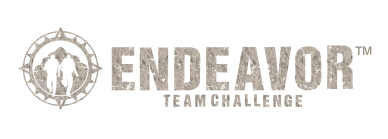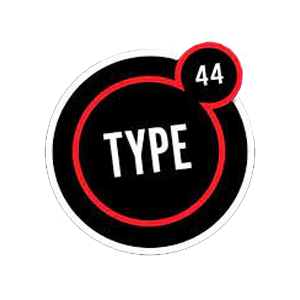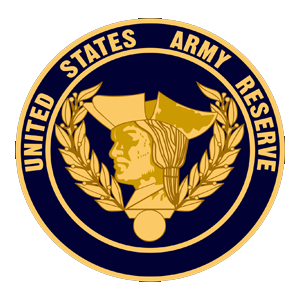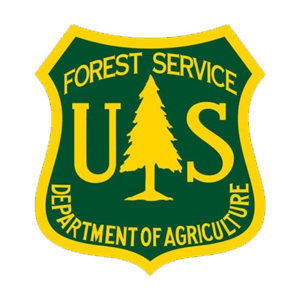BLOG ARTICLES
2018 Endeavor Team Challenge Event Recap

2018 was the second year that Gregg and I were at the helm of the Endeavor Team Challenge. One of our missions, carried over from Greg, Mark, and Kent, is to deliver the best executed event in the world. With an event this complex, execution is critical to its success. And as our competitors know, excellence is fleeting. It can only be maintained by constantly improving year over year.
One of our specific goals for 2018 was to run a smoother event. We made an effort to remove bottlenecks and plan the lengths of the events to maximize daylight on competitor field while not sacrificing the challenge of the event. For anyone who competed in 2017, I think you’d agree it went significantly smoother – though, as noted, there are always areas for improvement.
Timeline Overview of 2018:
Saturday:
04:20 59 teams check in and got their initial briefing. They believed they would be starting the Crucible Footmarch at 0500, but instead are led down to the Ball Fields.
05:00 The teams are briefed that they will start the event by completing the Battle Drill. 5 minutes of sled pulls and burpees, followed by 5 minutes of sprints and weighted carries commence.
 05:30 The first teams are handed a partial map of the Crucible and depart on an unknown distance footmarch through the Sierra Nevada Mountains. When it is done they will have traveled over 15 miles and climbed over 3600 feet.
05:30 The first teams are handed a partial map of the Crucible and depart on an unknown distance footmarch through the Sierra Nevada Mountains. When it is done they will have traveled over 15 miles and climbed over 3600 feet. 
06:00 The last heat finishes the Battle Drill. Team 15 and Team 48 share the top spot in the first iteration of the event. Competitors are not told they will have to do this all over again later in the competition.
06:15 The last teams start the Crucible Footmarch.
09:00 The first team waterproofs their gear and swims across Lake Alpine. 
10:50 The first team finishes the Crucible Footmarch and enters Competitor Field. Ultimately 54 teams finished the Crucible. Team 18 had the fastest time of 4:34:00.
In Competitor Field they faced 5 unique challenges. They must complete 4 successfully to be considered finishers.
- In the obstacle course they are timed in completion of 6 specially designed obstacles. Team 15 takes the top spot with a time of 0:05:46.

- In the Teamwork Reaction Course teams face a surprise challenge. They must tie knots to earn items (including batteries, steel wool, flint, cotton balls, and a piece of jute rope) to start a fire big enough to burn through a piece of 550 cord. They are scored on the time. Team 19 takes the top spot.
- In the Strength event they have 3 brutal minutes of lifting heavy tires over objects and then flipping a massive tire. Team 15 takes the top spot.
- In Mountaineering they climb up a cliff, traverse across a 300 ft canyon, and rappel down into it. They are ranked based on the difficulty of the climb the complete. Teams 8, 16, 19, 43 all complete the toughest route.
- Then they head out into the woods to collect as many points as they can in Day Orienteering. Team 15 takes the top spot.
20:00 Competitor field closes. Team 15 takes the top spot.
20:15 The teams are briefed that they have a second iteration of the Battle Drill to look forward to before Night Orienteering. 35 teams remain eligible to be finishers.
21:15 The Battle Drill Round 2 begins.
22:00 The Battle Drill Round 2 Ends.Team 48 takes the top spot as well as the overall Battle Drill top spot.
22:15 Night Orienteering begins and teams head off into the National Forest to collect as many points as they can before day break.
Sunday:
05:00 The last teams report into the bed down area.
07:10 The Final Run commences and 36 teams step off for a 9 mile run with 2,800 ft of elevation gain in the Sierra Nevada Mountains.
10:00 The first team – team 18 crosses the finish line – celebrations begin.
12:00 The final team – team 27 crosses the finish line.
Stats:
Starting Teams: 59
Ending Teams: 31
Total Time: 31 hours
Total Distance: This varies based on orienteering but about 40 miles. The tracking data from the SPOT Trackers give more information on total distance travelled.
Top Mixed Team: Team 52
Lessons Learned:
Every year after the event we do two things – 1) send out a survey to competitors requesting feedback and 2) conduct an after action review. The purpose of these two items is to understand what we did well and how we can improve.
These are the highlights.
Scoring:
A consistent piece of feedback was that teams wanted more updates and transparency on scoring. Many teams enter the competition just looking to finish and then realize partway through that they’re doing very well, which motivates them even more. Providing regular updates to competitors with the standings would help with this. It is also fun for competitors and spectators. We will do more of this next year. In addition, in the rush to get to the awards ceremony we did not catch a bug in our scoring spreadsheet. As a result we had to modify some of the rankings after the event. You can take a look at the revised rankings here. A belated congrats to team 52 (Jenn Sharf and Richard Erwin) who took the top mixed team spot.
Land Navigation:
The two orienteering sections routinely get comments on the survey. The most common piece of feedback is “the point was not where it was shown on the map.” We go to great efforts to triple check each point and to use GPS to confirm as a backup so we can say with confidence that the points are where they are plotted. However, we do investigate protests, and this year we came across one that was valid. Protests for this point were honored and scores were adjusted fairly. But our pride was stung, and you can believe it won’t happen again.
Bottle Necks:
Based on feedback from 2017, we made a concerted effort to reduce wait times at every event. Six lanes for the Battle Drill and staggered Crucible start times worked well. But we can still do better. At the water crossing a few teams had to wait for life vests before they could cross. At Mountaineering some teams had to wait to get onto the routes. We will source more life vests in the future, and we’ve already discussed this issue with our Mountaineering guides and will have this fixed for 2019.
Routes:
Competitors both praised the routes and lamented the difficulty. Each year we strive to make the event demonstrably different from the previous year while maintaining the general flow and structure of it. Given the mix of both positive and negative feedback on the routes, it seems we probably got it about right. For those wondering, the Crucible was about 15 miles long with about 3,600 ft of vertical climbing. The Final Run was about 9 miles long with about 2,800 ft of vertical climbing. Next year, you can count on the routes and distance changing once again. The challenges will also change. The only thing that won’t change is the ambiguity of the event. Facing the unknown is a key component of the Endeavor Team Challenge. We do this to keep competitors guessing during the competition and to discourage competitors from building a fitness regimen around tasks that are too specific. Mentally tough competitors relish in the unexpected because they feel it gives them an advantage. You’ll have to show up to find out what you’ll face.
Thank you!
Competitor feedback is a critical part of improving this event. Thank you to all competitors who helped us out with that. Please feel free to share any additional thoughts or comments to us via any of our channels. We look forward to seeing you in Bear Valley in September.








